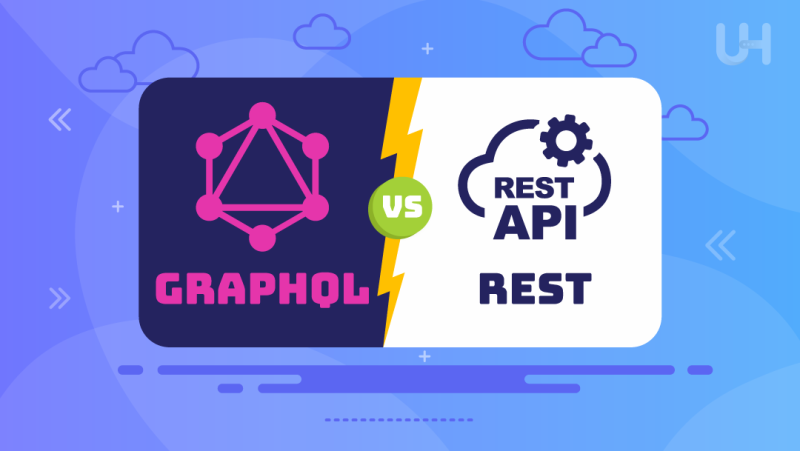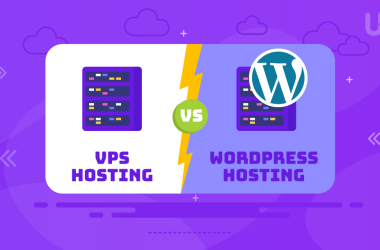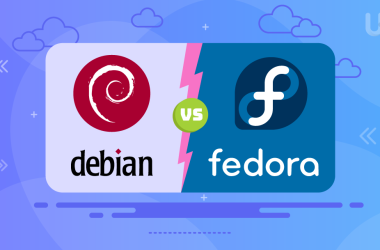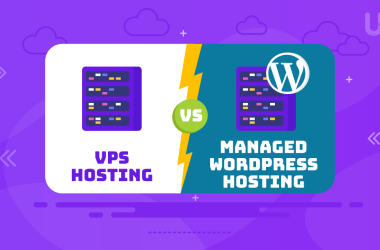In the realm of web development, the GraphQL vs REST decision is a critical one that can significantly impact the architecture, performance, and scalability of applications. Both API approaches have distinct advantages and work well in different situations. The value of REST is simple and complex. It’s great for everyday use. But GraphQL can be a really nice machine. It can retrieve data in general. This can be quite powerful on more complex websites and makes them super flexible.
This guide will break down GraphQL and REST, show their benefits, and help you decide when to use which one.
Understanding GraphQL
GraphQL is an API query language and a server runtime for executing queries by using the type system you define for your data. First developed and used by Facebook in 2015, it provides a more efficient, powerful, flexible, and classic REST API because a client requires only data useful to them. This reduces the volume of data massively exchanged on the network, optimizes performance, and allows the developers to craft API requests at an extremely granular level to acquire only the things they need.
Understanding REST API
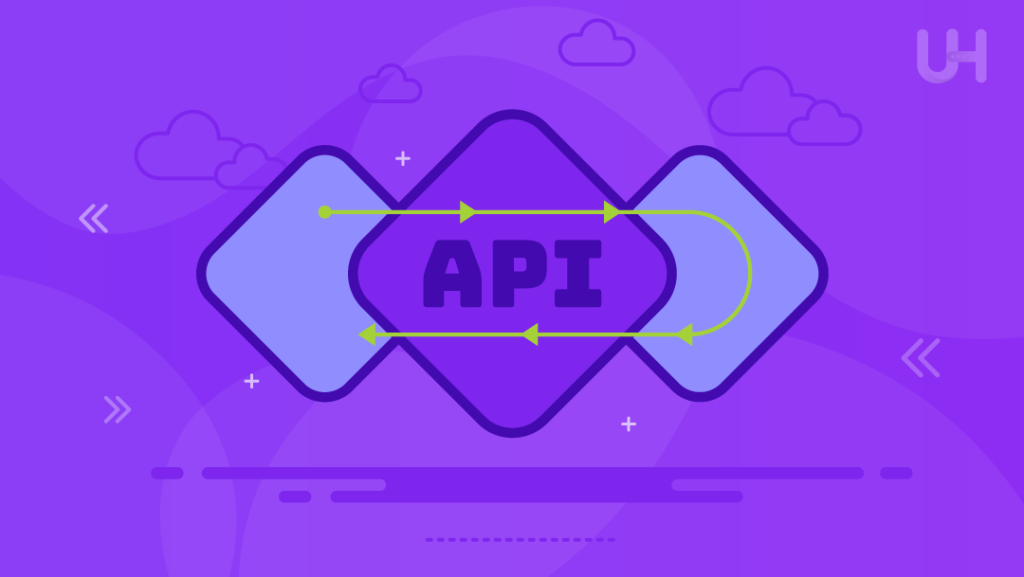
EST is a general architectural style that has provided the basis for driving applications over the network since early in this decade. Defined through a guiding half a dozen constraints, REST depends on protocols standardizing HTTP methods and maintaining stateless communication between clients and servers. REST treats the various elements hosted at the server as resources that incorporate data and functionality in plenty. Resting is favored by many for being simple and for implementing current Internet architectures, and therefore, it is well-suited to creating scalable web services.
Key Differences Between GraphQL vs REST API
Below is a concise comparison of GraphQL and REST:
| Feature | GraphQL | REST |
| Data Fetching | A single request for multiple resources. | Multiple requests for multiple resources. |
| Data Efficiency | Avoids over-fetching and under-fetching. | Prone to over-fetching and under-fetching. |
| Flexibility | High flexibility in querying data. | Limited to predefined endpoints. |
| Versioning | No versioning is needed; new fields can be added or deprecated directly. | Often requires versioning to handle changes. |
| Performance | It can be more efficient due to reduced load. | Potentially less efficient due to more round trips. |
| Complexity | Higher learning curve and complexity. | Simpler and more Straightforward to use. |
| Caching | Complex caching mechanisms are needed. | Supports straightforward HTTP caching. |
| Best Used For | Complex, dynamic systems with evolving data needs. | Simpler or more static data retrieval needs. |
Comparative Analysis of GraphQL or REST API
Understanding these core differences between REST and GraphQL is important in making the right pick for your project. GraphQL is a Facebook-incubated technology that can detail requests quite precisely, allowing a client to articulate exactly what they need. This way, it reduces the possibility of under-fetching and over-fetching data, hence increasing both performance and user experience. A notable fact here is that GraphQL is fairly flexible, probably more flexible than REST, even to the level of synthesizing very complicated queries and fetching data from multiple sources all at once in just a single request. The number of requests could stack up.
However, REST works with predefined standards and endpoints. Ideally, every endpoint of a REST API should represent a different object, and fetching complex data takes many Application Programming Interface calls to different endpoints. This may, however, lead to inefficiencies, e.g., over-fetching. Most web services will default to simple interfaces with REST. What’s more, caching REST APIs on protocols that ride on HTTP cookies brings real advantages to applications where caching could improve performance significantly.
This choice of REST vs GraphQL depends on the project’s constraints and requirements. In applications where the shape and size of data might vary with each request, one would try using GraphQL. In applications for which data retrieval is not that complex, causing strong caching, REST is preferred.
Ready to Optimize Your API Performance!
Seeking top-notch application performance? Opt for Ultahost’s high RAM VPS, where you can harness the detailed control of GraphQL or the proven simplicity of REST. Elevate your web project now!
Benefits of Using GraphQL And REST API
| Benefits of Using GraphQL | Benefits of Using REST API |
| Efficient Data Retrieval: Clients have the power to request precisely what they need, nothing more, nothing less. This efficiency can significantly improve the performance of web applications, especially on mobile networks. | Simplicity and Proven Model: REST has been widely used for decades, offering a proven, standard approach that developers are familiar with, and which is supported by most platforms. |
| No More Over-fetching or Under-fetching: GraphQL’s precise data fetching substantially mitigates unnecessary data transfers, which enhances the speed and responsiveness of applications. | Scalability: Due to stateless operations, REST APIs can handle changes in load by simply adding more hardware, which makes scaling relatively straightforward. |
| Simplified Data Aggregation: With GraphQL, aggregating data from multiple sources becomes more manageable, as it can query multiple database management systems, microservices, APIs, and even third-party services within a single request. | Ease of Caching: HTTP caching is straightforward to implement with REST, improving the performance and speed of application responses. |
| Improved Code Stability: GraphQL’s strong type system and introspective capabilities result in more stable and scalable applications, reducing runtime errors. | Better for Public APIs: For APIs exposed publicly, REST is often a better choice due to its universality and the ease with which developers can interact with it. |
VPS Hosting: Optimizing Performance with GraphQL vs REST
GraphQL and REST APIs should both be placed in alignment in developing all web-related services for better efficiency in data retrieval; VPS hosting should optimise the performance. A certain understanding of the VPS hosting environment is necessary for API architecture. This understanding can bring significant optimization for the scalability and speed of applications:
Managed VPS Hosting
Managed VPS Hosting is for those developers that are more application-oriented than server-oriented. The efficiency of data retrieval is increased by using GraphQL in a Managed VPS Hosting environment. This improvement in data retrieval further optimizes the performance of applications in that environment. It also reduces requests from the server by using resources effectively. This, in turn, lessens the server loads. The server only responds to requests for the exact data that is needed. That’s because it will be in a managed hosting environment. In this environment, you have to be efficient with your resources. Avoid over-provisioning to optimize performance.
Fast VPS Hosting
Fast VPS Hosting means faster speed and has been optimized for applications that require speed, and this is one of the features that work efficiently. Setting up GraphQL with Fast VPS Hosting can seriously improve it, guaranteeing a fast response. That will also allow pulling all the necessary data in one request. This helps applications give clear and smooth experiences to users. GraphQL assures preciseness in retrieving data. It helps send fewer data over the network, leading to fast load times. GraphQL ensures efficiency in the utilization of bandwidth, an important factor for fast data transfer in Fast VPS Hosting.
Unmanaged VPS Hosting
Unmanaged VPS Hosting provides complete control over a virtual private server, emphasizing the importance of resource management and scalability. Since REST APIs are stateless, they facilitate easy horizontal scaling, which is essential in unmanaged hosting environments where resource constraints can occur. This ability also scale effectively ensures the efficient use of resources. REST APIs are renowned for their high usability and straightforward integration, making them ideal for unmanaged VPS hosting situations that demand ease of maintenance.
Benefits can go towards either GraphQL or REST, but when working with VPS hosting arrangements, the hybrid approach balances API management. This approach bears benefits from the side of GraphQL in performing complex retrieve data operations, in which fetching remains completely precision-dependent. It also benefits REST for simpler and more direct interaction with simplicity and scalability in the approach. That is, you will be able to distribute API requests efficiently over the VPS resources: REST for those with high volumes that are less complex and GraphQL for detailed and specific data operations, and this makes it possible to realize the performance and scalability of applications hosted on a VPS.
Conclusion
When comparing REST API vs GraphQL, both have their strengths or suitable use-case scenarios; ultimately, GraphQL gives the application a lot more flexibility and efficiency in cases when very detailed and complicated interactions are demanded, but at the same time, it can give the opportunity to make the application much more widespread but with less complexity. One would be favored over the other, strictly dependent on your exact needs. Still, in any case, the knowledge is important to have in order to be able to make decisions that fit the demands imposed by the application.
Both REST and GraphQL have their merits, and the choice depends on your project’s needs. For optimal performance, consider Ultahost NVMe VPS hosting for its high-speed data access and enhanced scalability.
FAQ
What’s the key difference between GraphQL and REST API?
GraphQL lets clients specify data needs in one request; REST uses multiple endpoints.
Which API is more efficient for data retrieval?
GraphQL, due to precise data requests in a single query.
Which is better for public APIs, GraphQL or REST?
REST, for its simplicity and widespread use.
Why choose REST over GraphQL?
REST is simpler and well-suited for less dynamic data and public APIs.
Does GraphQL need versioning like REST?
No, GraphQL adapts within a single version.





